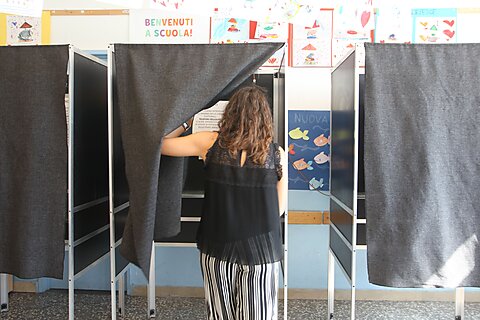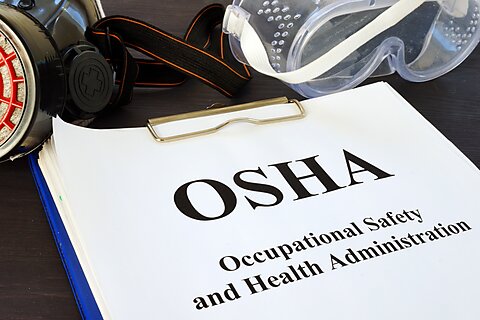After some time in the making, my paper for the Nevada Policy Research Institute is now out, entitled “Efficient, Timely, and Reliable: A Framework for Election Law in Nevada.” In 47 pages, I try to lay out a combination of electoral reforms and practices that could plausibly appeal across Red/Blue lines in a state that is politically closely divided. I emphasize speedier tabulation of results and reasonable efforts to calm public distrust, all without sacrificing the benefits of convenience and modernization while coping with the unusual voter roll maintenance challenges Nevada faces as the state with the nation’s most transient population. There are ample endnotes that I hope will be of use to those exploring the contentious recent history of election law change in the Silver State.
Ballot Access News recently covered my paper in a blog post and I thought did a skillful job of pulling out some of its main recommendations:
Nevada has recently had a poor performance regarding timely reporting of election results, and Olson points out that there are tradeoffs and tensions between competing goals of an election system.
Among his recommendations are:
#1: Nevada should complete its transition from “county‐led voter registration to a so‐called top‐down system with extensive statewide direction … with a single constantly updated statewide uniform database overseen by the secretary of state.”
#2: An accurate voter database should be a top priority, with investment in “multiple frequently refreshed high‐quality data sources and proactively reaching out to households and addresses following evidence of moves and other relevant changes.”
#3: “Nevada should stay in the Electronic Registration and Information Center, and work to improve and refine its capabilities.”
#4: “To keep voters informed of the progress of their ballots, Nevada should finish the job of adopting strong ballot tracking and notification.”
#5: In addition to their signature, voters should have to write their driver’s license number or last four digits of their Social Security Number on their mail‐in ballots.
#6: Nevada should invest in making ballot drop boxes more secure and in employee protocols for handling ballots, and
#7: End the practice of ballot harvesting.
Most of the issues I address in the new paper turn up in other states as well, so I hope the report will be of interest to readers and reformers nationwide. I’ve already cited some of its observations in posts in this space on speedy vote tabulation, ballot tracking and notification, and drop box security, with more likely to come.









